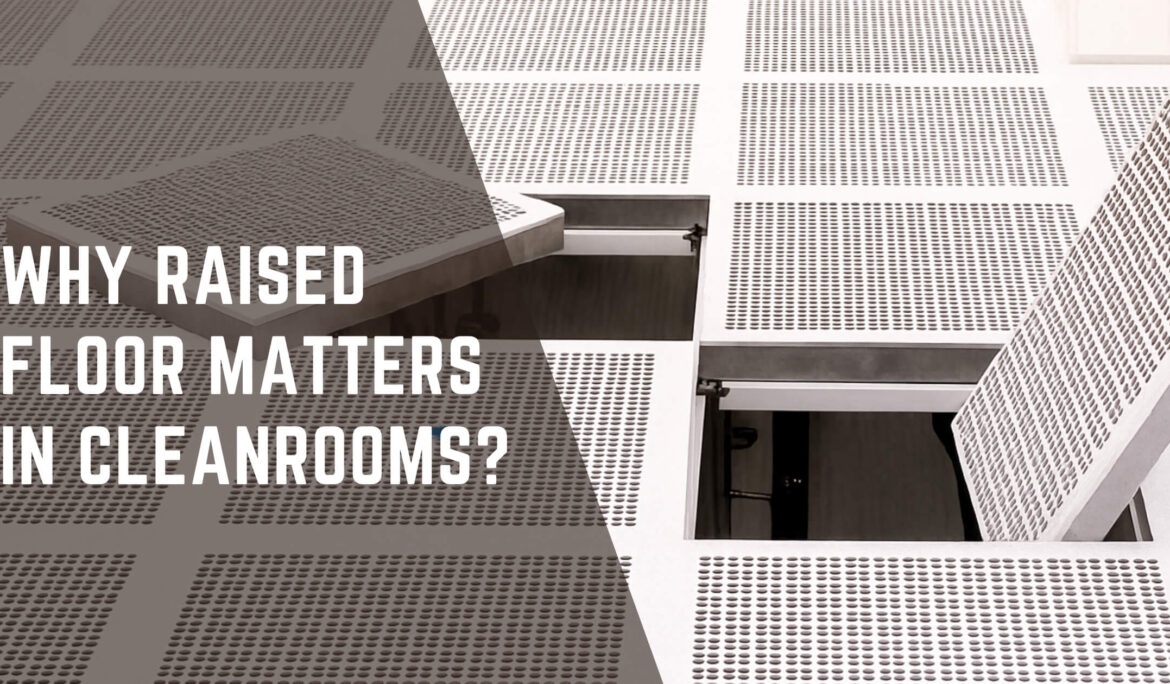Why Raised Floors Are Essential for Cleanroom Performance

In cleanrooms, where precision and contamination control are critical, raised floor panels play a vital role in maintaining optimal conditions. Far more than just a structural feature, it enhances airflow, organisation, flexibility, and safety—key factors for high-performance cleanroom operations.
1. Superior Airflow & Contamination Control
Raised floors create a plenum space for Underfloor Air Distribution (UFAD), ensuring consistent, laminar airflow from HEPA/ULPA filters. Perforated panels direct clean air upward, sweeping away contaminants and maintaining strict cleanliness standards.
2. Organised Utility & Cable Management
Electrical wiring, data cables, and plumbing can be neatly concealed beneath raised floor systems, reducing clutter and tripping hazards. This setup allows for easy maintenance and upgrades without disrupting operations.
3. Flexibility for Evolving Needs
Cleanrooms in semiconductor, pharma, and biotech industries must adapt quickly. Modular raised floors enable easy reconfiguration for new equipment or processes, minimising downtime and maximising efficiency.
4. Enhanced Safety & Ergonomics
By keeping hazards hidden, raised floors improve workplace safety. They also provide a clean, unobstructed workspace, boosting productivity and ergonomics.
Key Considerations for Raised Flooring
- Material: Anti-static vinyl, aluminium, or steel for durability.
- Load Capacity: Must support heavy equipment.
- Airflow Design: Perforated panels for efficient contamination control.
Conclusion
Raised flooring is a strategic investment for cleanrooms, ensuring optimal air quality, efficient operations, and future-ready adaptability. For industries requiring precision, it’s not just an option—it’s a necessity




